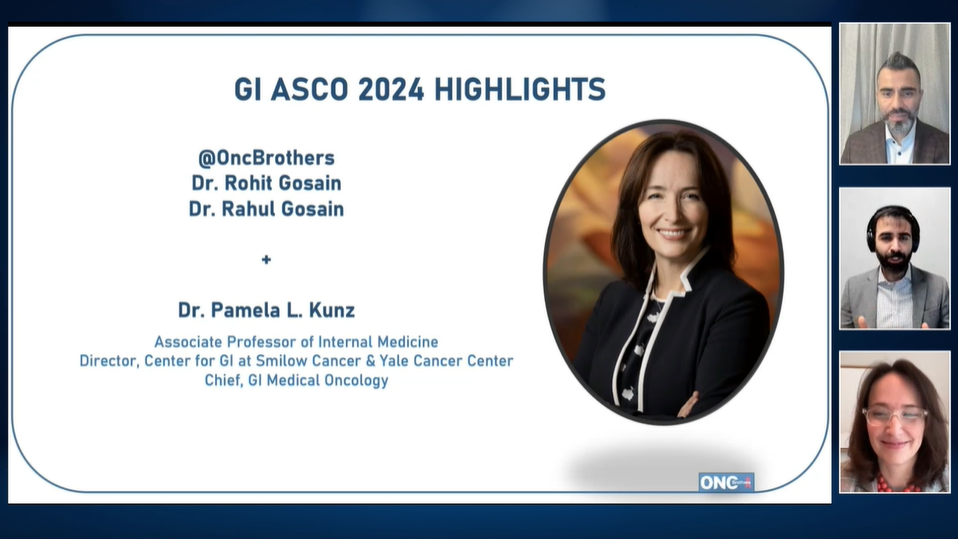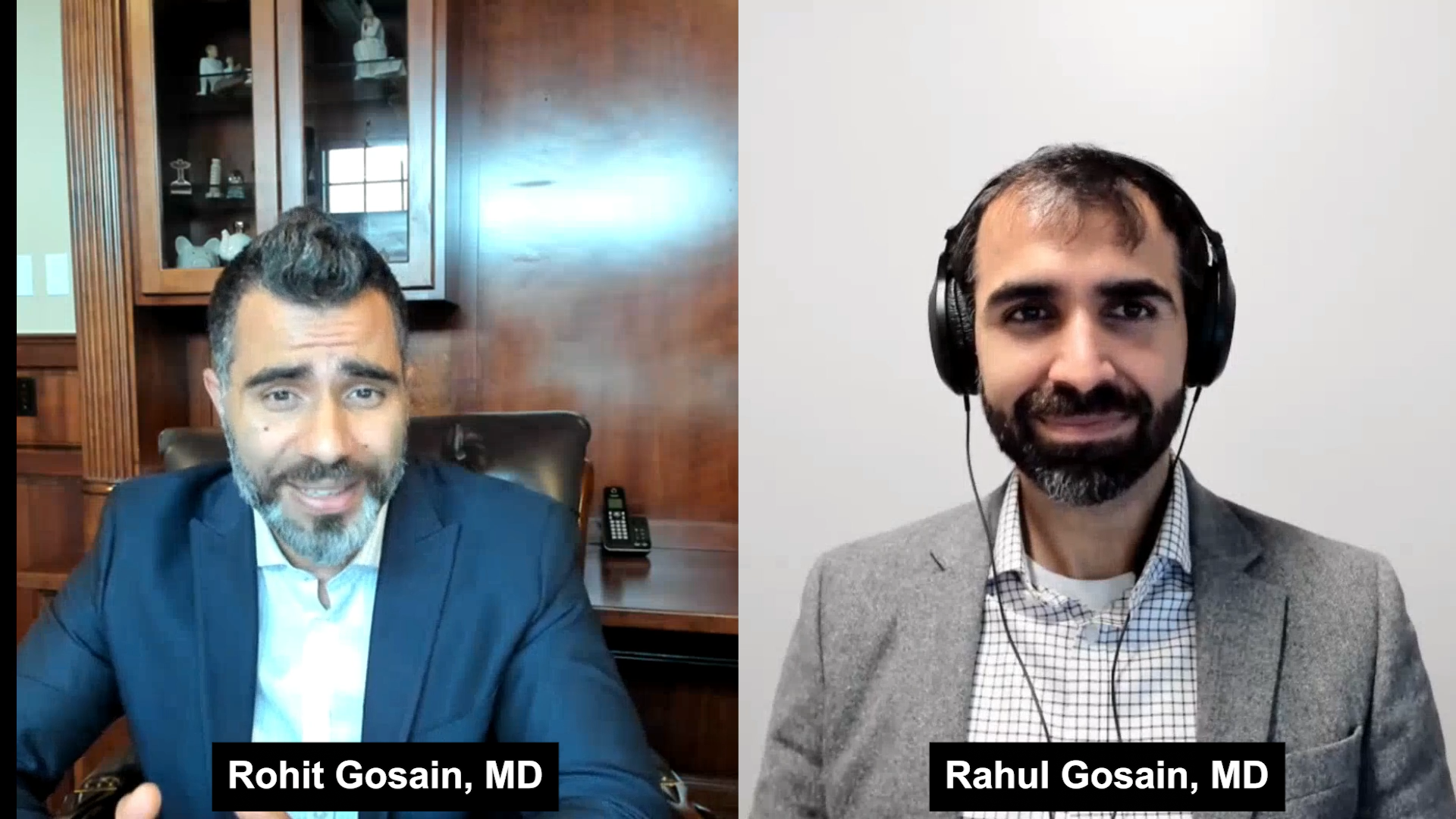Marwan G. Fakih, MD: Options for Patients with Recurrent MCRC
What options are available to prolong survival in patients like Neil with recurrent MCRC?
Dr. Fakih would favors the anti-EGFR route, based on the 181 clinical trial that in patients who have failed oxaliplatin-based chemotherapy in the first-line setting. If they are treated with FOLFIRI plus anti-EGFR therapy, specifically in that instance, Panitumumab, the response rate is somewhere between 35 to 40 percent in patients with extended RAS wild-type tumors and BRAF wild-type tumors. So for this specific patient, an anti-EGFR agent would be the way to go with a FOLFIRI backbone.
A third strategy in this particular patient would be FOLFOX/Avastin or FOLFOX/bevacizumab re-challenge. This patient had a very good response to FOLFOX chemotherapy, has been off oxaliplatin for a period of a year and a half, and, therefore, a revisit of oxaliplatin in this patient, because he’s not refractory to oxaliplatin, makes a lot of sense as well.
The exact response rate in that setting is probably somewhere around 15 percent or so, and, therefore, an anti-EGFR therapy in this patient is still ideal. If anti-EGFR plus FOLFIRI in this particular patient does fail, moving to a third-line re-challenge with FOLFOX will make a lot of sense in this patient, especially if the neuropathy is gone.
CASE 1: Metastatic Colorectal Cancer (CRC)
Neil H. is a 62-year-old construction manager from Houston, Texas.
- His prior medical history is notable for obesity, mild hypertension, hyperuricemia, and gout
The patient was diagnosed with colon cancer in February 2011, after reporting to his PCP with symptoms of intermittent nausea, vomiting, and blood in his stool
- Patient underwent resection of the sigmoid colon with lymph node evaluation (12 nodes examined), which showed adenocarcinoma stage T3N0M0; mutational status showed RAS WT; BRAF negative
In January of 2013, he presented to his oncologist for evaluation after his CEA had increased to 85 ng/mL.
The patient was asymptomatic at the time of recurrence
CT scan showed multiple unresectable metastatic lesions to the liver and lung; the patient’s ECOG performance status was 0
He received initial therapy with FOLFOX and bevacizumab for metastatic disease
After 6 cycles the patient experienced a good response but developed grade 3 neuropathy and oxaliplatin was discontinued
The patient was continued on 5FU with bevacizumab with eventual improvement of his neuropathy symptoms; his disease continued to be stable
In February of 2015, the patient presents with fatigue, nonexertional dyspnea, and cough, and his CEA had increased to 110 ng/mL.
- CT scan was consistent with progression of liver and pulmonary lesions









